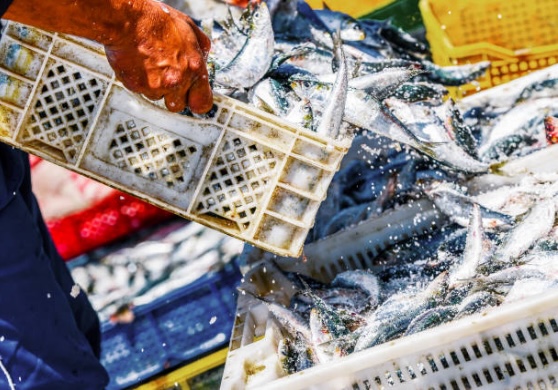Guide to Understanding Quality and Pricing in the Wholesale Seafood Market

The hustle and bustle of the wholesale seafood market is something to behold. Hundreds of suppliers and buyers, all under one roof, wheeling and dealing with countless varieties of seafood on display. It’s a symphony of commerce, where quality and pricing play a significant role in orchestrating the melody. With companies like Manettas Wholesale spearheading the industry, it’s an ecosystem thriving on a fine balance of various elements.
So, how do you navigate through this complex world of wholesale seafood?
Understanding Quality in the Wholesale Seafood Market
Freshness: The First Measure of Quality
Freshness is the ultimate measure of quality in the seafood market. It determines not only the taste and texture of the product but also its health benefits. Vendors often emphasise their products being “day-fresh” or “caught daily” to allure potential buyers. It’s critical to understand the nuances of seafood freshness – what it means, how it’s assured, and how it affects the pricing.
Sustainability: A Vital Aspect of Quality
Sustainability has become a non-negotiable factor in the seafood industry. It refers to the practice of fishing or farming seafood in ways that ensure the long-term health and stability of that species, as well as the broader marine ecosystem. Seafood caught or farmed in eco-friendly ways often carries a higher price tag, reflecting the additional efforts and resources invested in sustainable practices.
Seafood Grading: A Standardised Quality Benchmark
Seafood grading is a standardised system used globally to assess and communicate the quality of seafood products. Different types of seafood are graded based on size, colour, texture, and taste. While high-grade seafood usually commands a premium price, it guarantees exceptional quality.
Decoding Pricing in the Wholesale Seafood Market
Supply and Demand: The Age-Old Market Influence
In the wholesale seafood market, the laws of supply and demand heavily impact pricing. Certain fish and other seafood species may be in abundance during specific seasons, leading to lower prices. Conversely, scarcity or high demand can cause prices to skyrocket.
Overheads and Operational Costs
Overheads and operational costs significantly influence the pricing in the wholesale seafood market. These costs include fishing gear, maintenance of vessels, fuel, labour, storage, and transportation. As a buyer, understanding these elements can help you appreciate why prices may vary across different suppliers.
Import and Export Trends
Import and export trends significantly affect the pricing of seafood products. Tariffs, duties, exchange rates, and international regulations can all impact imported seafood costs. Similarly, export trends can influence certain species’ domestic availability and price.
Conclusion
In the lively world of the wholesale seafood market, understanding quality and pricing can be the key to securing the best deals. Freshness, sustainability, and grading provide quality measures, while supply and demand, overheads, and import/export trends help explain the fluctuating prices.
While it might seem daunting initially, armed with this knowledge, you’re now well-equipped to confidently navigate the market. Remember, the highest quality seafood might command a higher price, but it guarantees satisfaction on the plate – a delightful treat for your taste buds and a nourishing feast for your body.
With all its complexity, the wholesale seafood market offers an exciting arena for those keen to understand and engage with the dynamic interplay of quality and pricing. Whether you’re a seasoned restaurateur, an aspiring chef, or an everyday consumer, the market awaits you with a bounty of options. So dive in, explore, and relish the fantastic offerings of our blue planet.




























